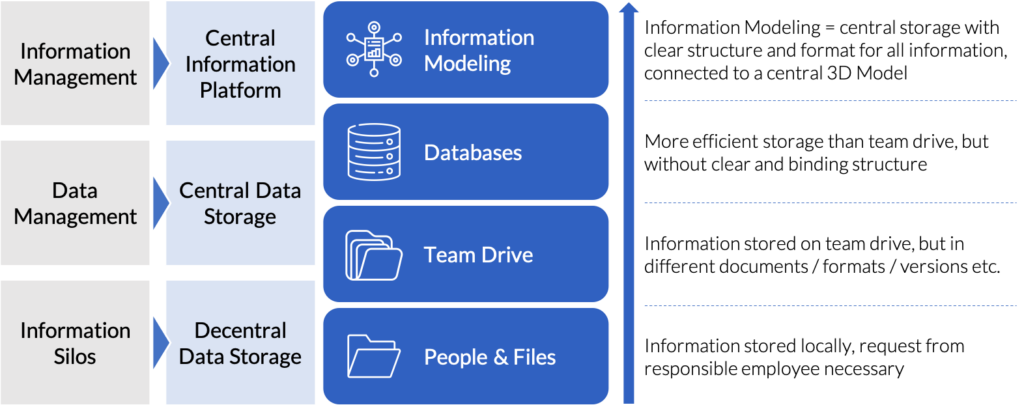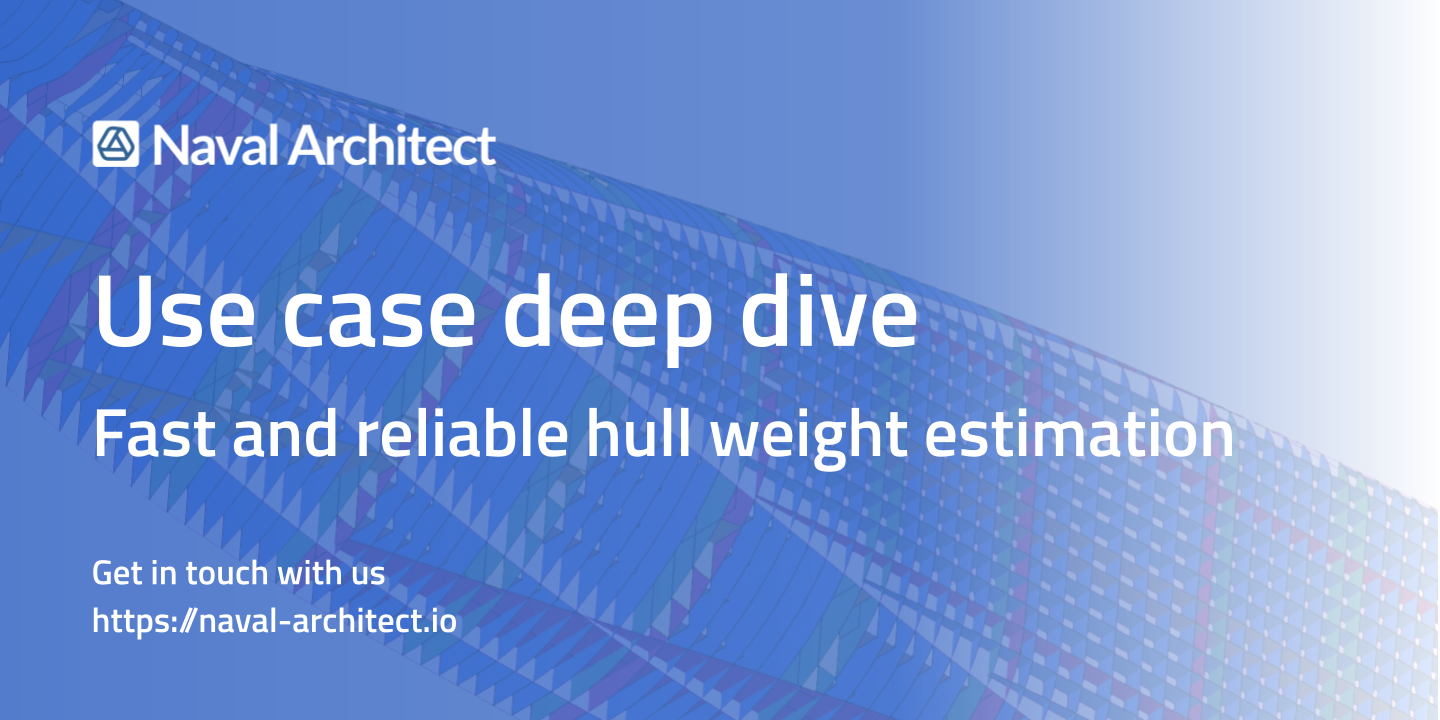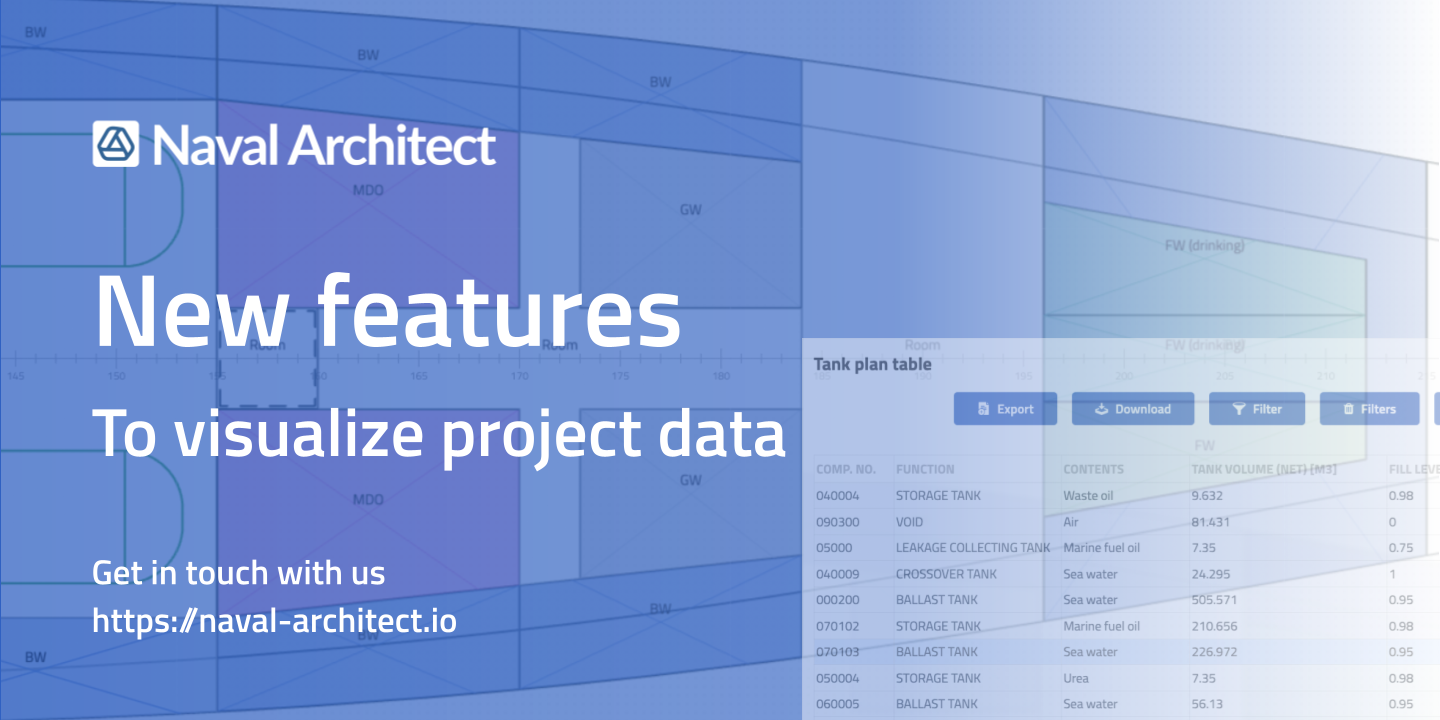Heating, Ventilation, and Air Conditioning (HVAC) are one of the most complex and widespread, yet…

Why a central information management system is necessary
A large cruise ship contains up to 15 million single components. Each of these has different information that is of interest to different project participants at different times. A major challenge in the digitized work environment is to keep track of all this information and navigate safely and clearly through the data maze. This is where information management comes into play.
What is information management?
Information management is the collection and management of information from one or more sources and the distribution of the information to one or more audiences. The management of information refers to the organization of and the control over the structure, processing and distribution of information.
It is, however, important to note that there is a clear difference between data and information. While data can be a number, symbol, character etc., information is the data put into context. A simple example for data is the number “120”. By adding the context “floor space (m2)”, the number now becomes information about the size of a room. However, most organizations in the shipbuilding industry are still working in information silos or have some sort of data management, but not a structured information management system:

What challenges does it address?
A central information platform is the basis for an efficient and error-free shipbuilding process (also refer to our previous article: Ship Information Modeling). It will specifically address the following challenges:
- Limited information density of today’s common documents such as the 2D general arrangement plan (example: drawing vs. detailed room properties).
- Inconsistent, outdated or incorrect information in documents (example: general plan in master office does not contain the latest changes).
- Knowledge is distributed in many individual documents and among various people (or departments, organizations) which requires significant time to manage. Especially when the latter leaves the company, the knowledge is often lost. Then it is quickly said: “this was always calculated by the former colleague, but she/he is no longer there”.
- Status overview: what is the current status of the design? What information is already available and what information still needs to be obtained? This is a central basis for making good decisions.
Managing information with Naval Architect
This is where Naval Architect comes in. The Naval Architect cloud platform provides a central information base for shipbuilding projects. It enables a holistic representation of ship design information in a central model that is accessible to the relevant project participants. The model thus takes over the coordination role of the general arrangement plan used in shipbuilding today.
Users can either create the ship model from scratch in Naval Architect or upload an own CAD model to the platform. Depending on the project requirements, other stakeholders such as design offices, the construction department, supplier and contractors can be invited to the project. They can get access to the platform too in order to enable the most efficient and productive way of working. Managing numerous files and formats is a thing of the past, as all relevant information about the digital ship model can be stored and managed using Naval Architect’s information management system.
With our change management system, users can work simultaneously on the platform and compare or merge different versions at any time. This way, users can be sure that they are always working with consistent and up-to-date information. Naval Architect also ensures interfaces to all major file formats, so integration with other software tools is not an issue.
We are in the final stages before the release of our beta. If you are interested in early access to our software or would like to discuss collaboration opportunities, please schedule a call here or feel free to send us a mail. We are looking forward to hearing from you.



